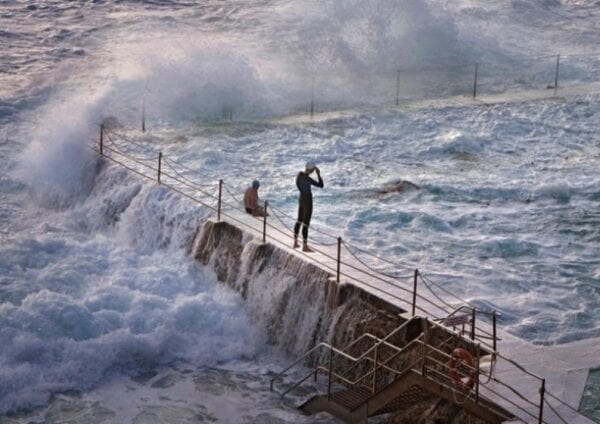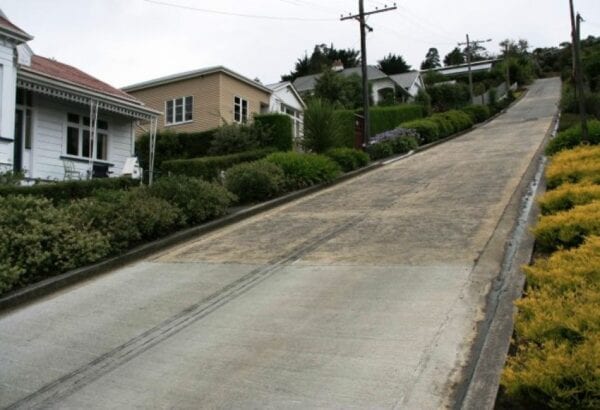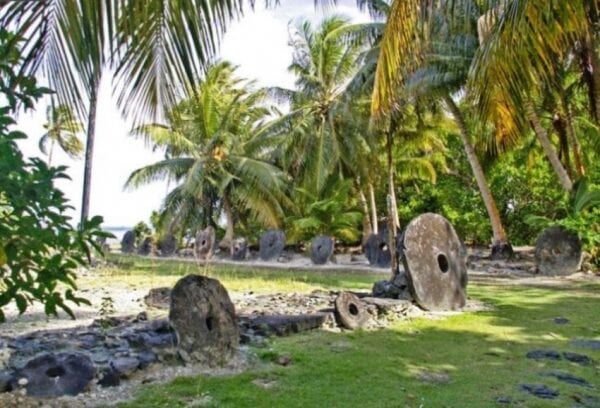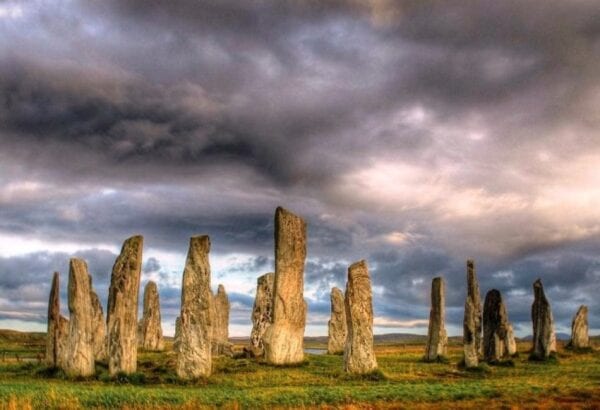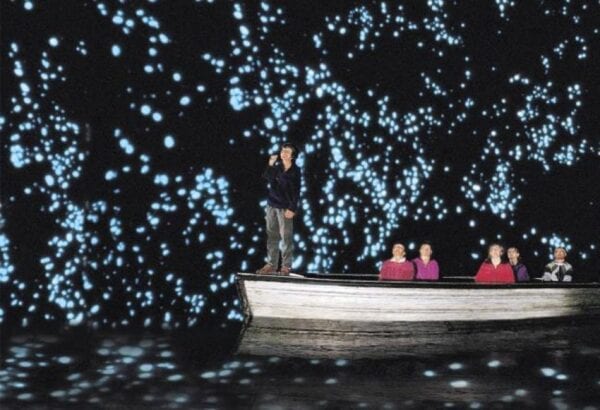 06, Апрель, 2016
06, Апрель, 2016Surrounded by the Libyan desert — the city of Fayoum
Fayoum, Sohag, or — the administrative center of mutafazy in Middle Egypt. It is situated 100 km from Cairo, surrounded on all sides by the Libyan desert oasis of Fayum. Population Fayoum is nearly 350 000 people.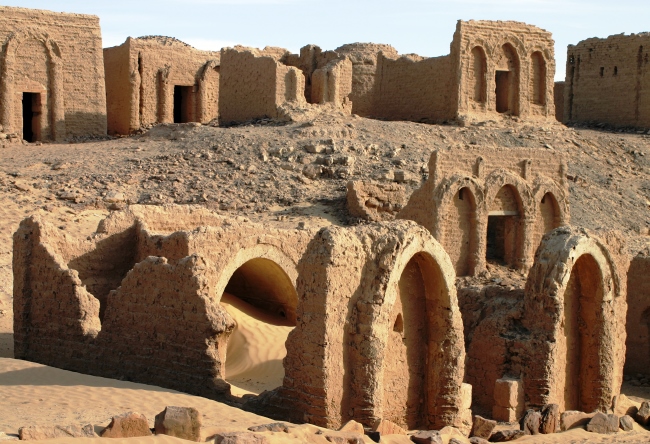
The town was founded during the Middle Kingdom, ie approximately around 2000-1800 years BC In those days, a happy life and general welfare of the inhabitants depended only on the floods of the Nile River. But residents of the water brings not only good and contributed to the yield of cereals, the water formed a marsh, which are so fond of crocodiles populate. But in the New Times Fayoum he got his fame for a local necropolis found unique funerary portraits.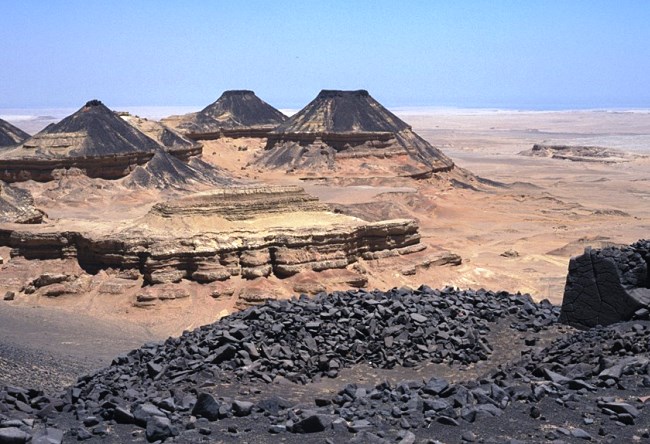
In the days of the pharaohs the city had the name of Shedit, it was worshiped the crocodile god Sobek. Pharaohs built the pyramids here, churches and paved channels. In the spring, during the floods of the Nile, Pharaohs eyes seemed lush, dense vegetation and a large number of crocodiles. Crocodiles are multiplied at such a rate that the priests took it as a sign of God’s favor.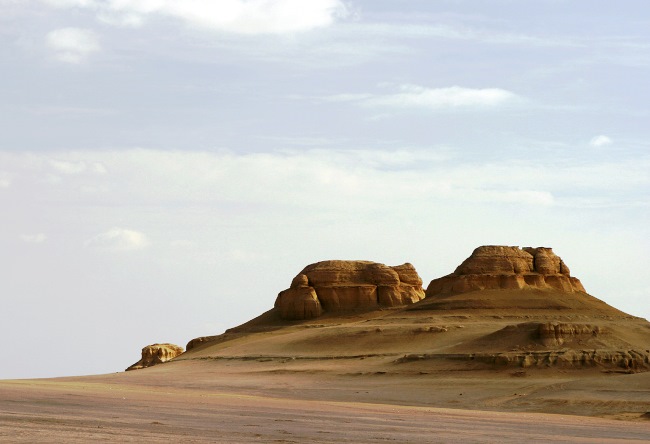
As is known from the ancient Greek manuscripts in the great temple of the city of Fayoum priests held a huge crocodile, who was the prototype of God. The animals were well cared for, well fed and fed adorned with diamonds and gold. When the crocodile died, his body was mummified and buried. Nowadays, archaeologists found a graveyard of crocodiles. It contained more than 2,000 mummies, many of whom had special adaptations for honorable burial.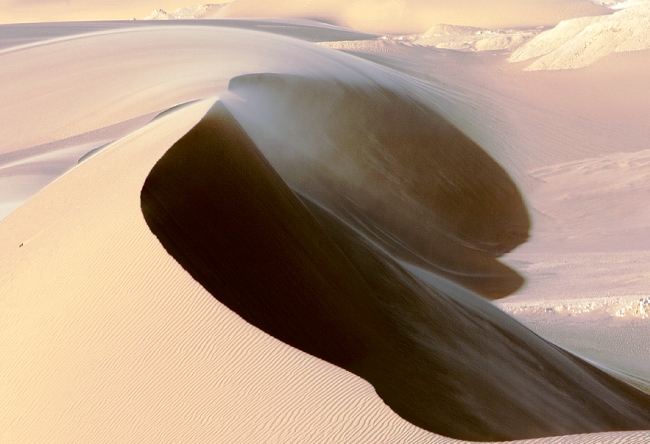
Fayoum City for a long time was an ordinary provincial town, kept in the museum mummies of crocodiles, if not the discovery of 1887, became a sensation. With the opening of graves were found funerary portraits, dating from the I-IV centuries BC and it has great value. There were found more than 900 portraits, caught in the most famous museums in the world. Several of these portraits is in Moscow, at the Museum of Pushkin.



